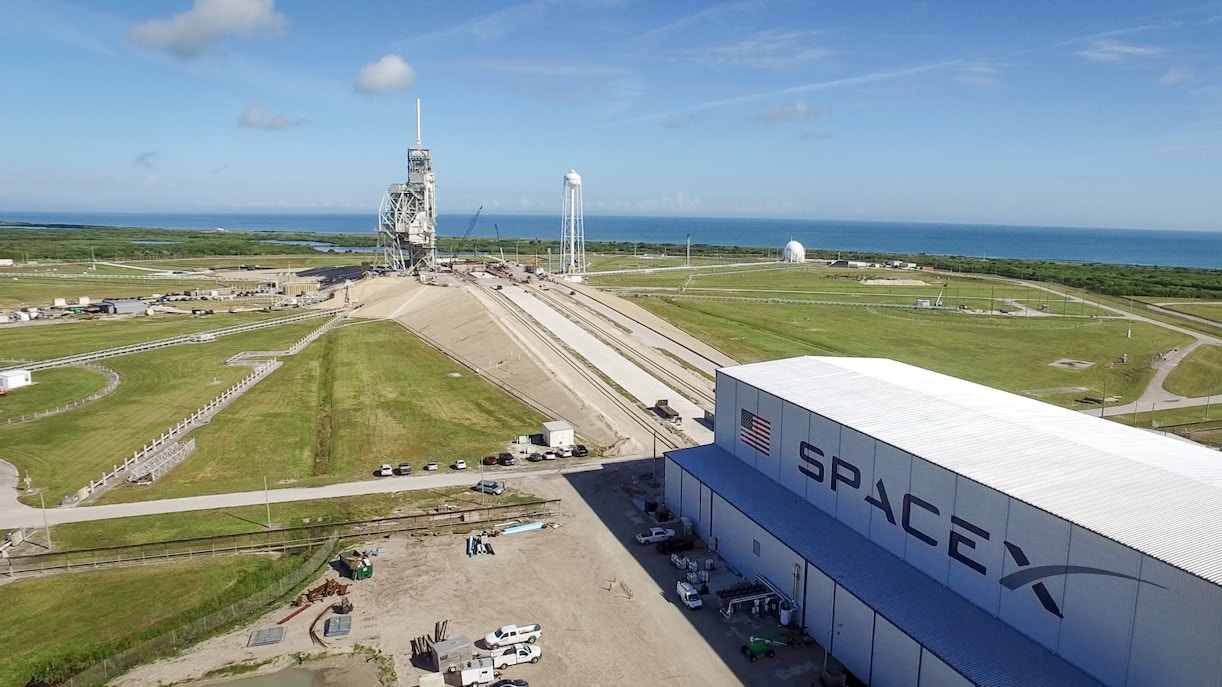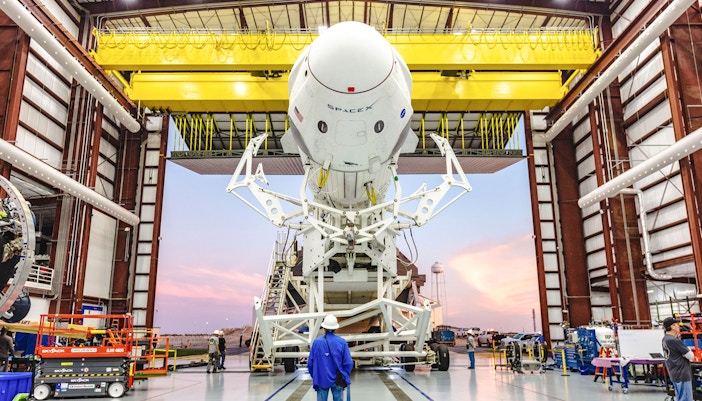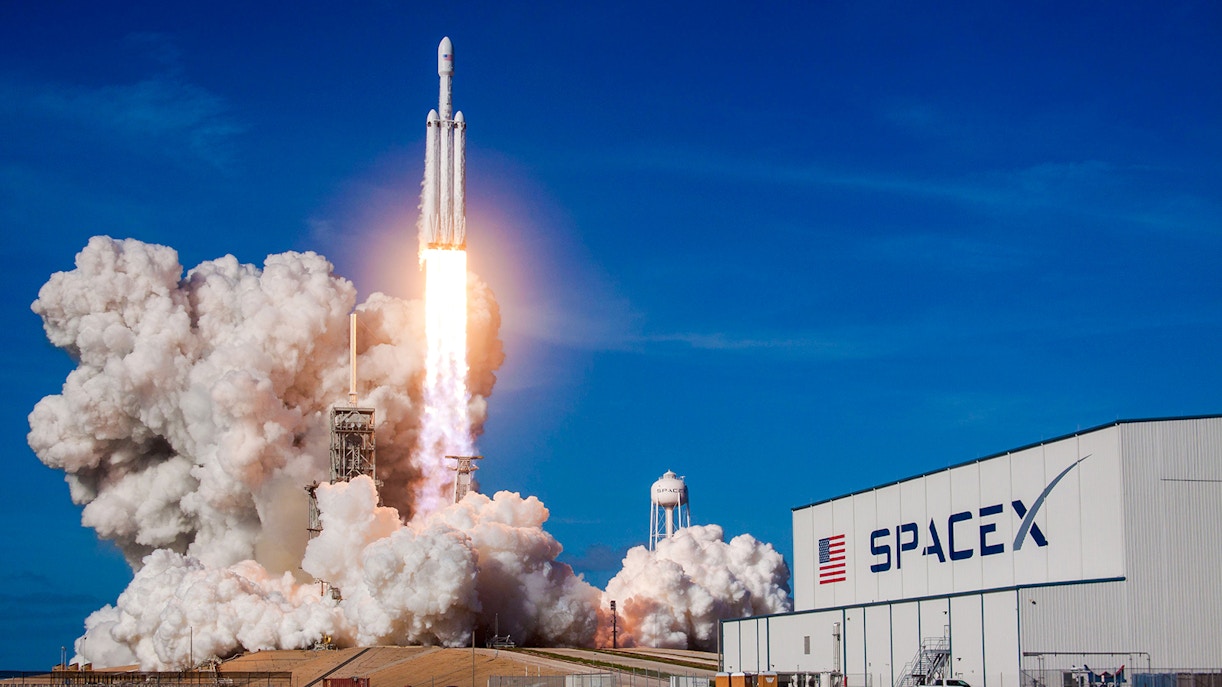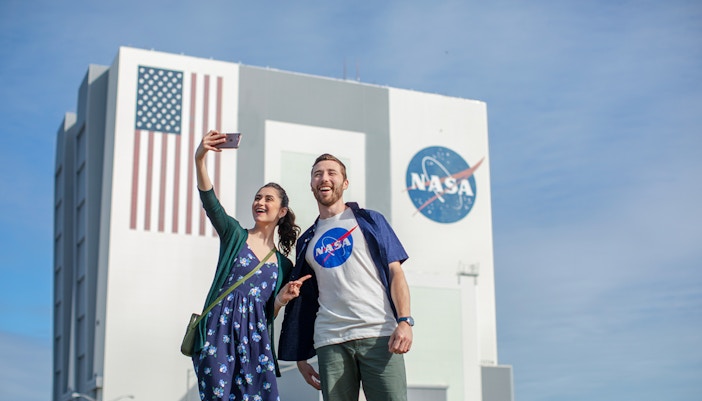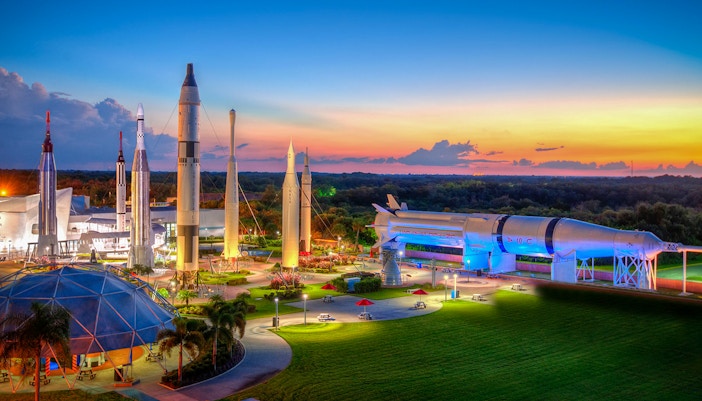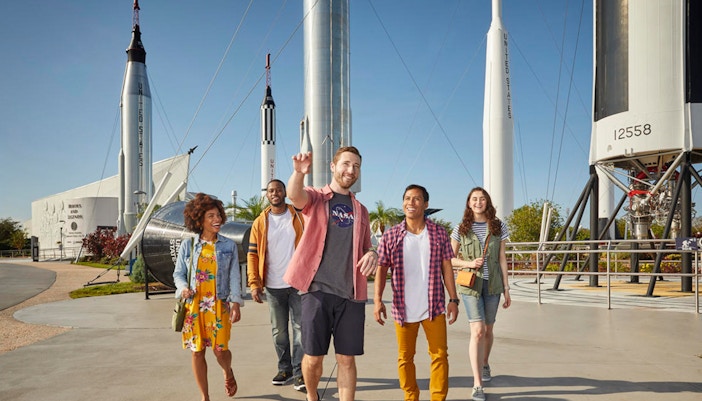- Built in: Constructed between 1964 and 1968.
- Dimensions: Launch Complex 39A covers roughly 0.8 square kilometers (175 acres), which is about the size of 130 football fields. Its launch tower stands at 347 feet tall, roughly the height of a 34-story building.
- Total launches to date: Launch Complex 39A has supported 196 launches as of January 2025.
- Current Operator: SpaceX has been leasing and operating Launch Complex 39A since 2014, conducting missions with their Falcon 9 and Falcon Heavy rockets.
Quick overview
